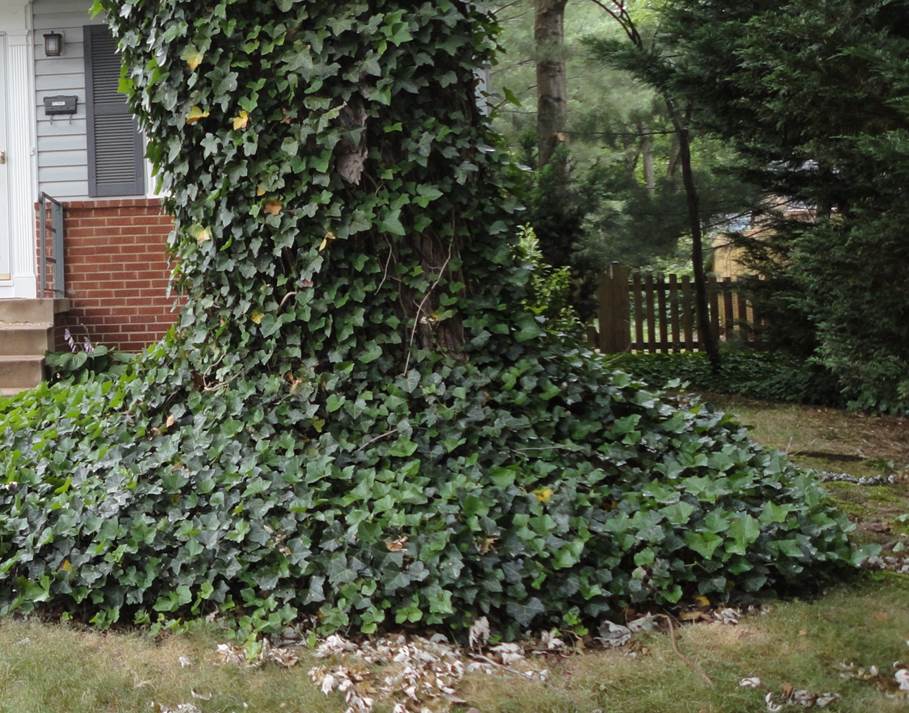10 Warning Signs Your English Ivy Has Become Dangerous
Critical Alert for Victoria Property Owners
Need help with your yard? Get your free quote today!
Get a Free Quote!
Many Victoria homeowners don't realize their English ivy has become hazardous until serious damage occurs. This professional guide from Ascent Yard Care's removal experts helps you identify critical warning signs before costly damage develops.
Warning Sign #1: Structural Contact
Foundation Risk Indicators
The most serious warning sign appears when ivy makes direct contact with your home's structure. Recent cases in Victoria demonstrate how quickly damage can develop:
"A Fairfield homeowner discovered severe foundation damage just six months after noticing ivy growth along their foundation line. Professional removal could have prevented $28,000 in structural repairs."
Watch for:
- Ivy tendrils touching foundation walls
- Growth near basement windows
- Root development at wall bases
- Moisture retention around foundation
- New crack development
Warning Sign #2: Wall Climbing Behavior
Exterior Wall Dangers
When ivy climbs walls, it creates multiple threat patterns:
Professional Observation: "Wall-climbing ivy can generate over 2,000 attachment points per square meter, each capable of damaging your home's exterior."
Critical Indicators:
- Vertical growth patterns
- Attachment to surfaces
- Dense wall coverage
- Growth under siding
- Window frame contact
Warning Sign #3: Roof Line Approach
Upper Structure Threats
Ivy approaching your roofline requires immediate attention:
Danger Signs:
- Growth near gutters
- Roof edge contact
- Soffit interaction
- Chimney approach
- Vent proximity
Warning Sign #4: Changed Growth Patterns
Aggressive Development
Watch for these acceleration indicators:
Growth Changes:
- Rapid expansion
- Thicker stem development
- New growth directions
- Dense patch formation
- Accelerated climbing
Warning Sign #5: Property Access Issues
Access Restriction
Dangerous access limitation includes:
Critical Areas:
- Blocked pathways
- Covered utilities
- Hidden hazards
- Emergency exit restrictions
- Service point coverage
Warning Sign #6: Tree Interaction
Tree Damage Indicators
Watch for ivy affecting trees:
Danger Signs:
- Trunk encirclement
- Crown coverage
- Branch wrapping
- Leaf density reduction
- Tree stress signs
Warning Sign #7: Moisture Problems
Water Damage Risks
Look for moisture-related issues:
Warning Indicators:
- Wall dampness
- Mold development
- Drainage changes
- Persistent moisture
- New water patterns
Warning Sign #8: Structural Movement
Building Stress Signs
Watch for building changes:
Critical Indicators:
- New wall cracks
- Window/door misalignment
- Foundation movement
- Mortar deterioration
- Surface changes
Warning Sign #9: Pest Activity
Infestation Indicators
Monitor for increased pest presence:
Warning Signs:
- Rodent activity
- Wasp nests
- Bird nesting
- Insect concentration
- New pest patterns
Warning Sign #10: Property Value Impact
Market Value Threats
Watch for value-related changes:
Risk
